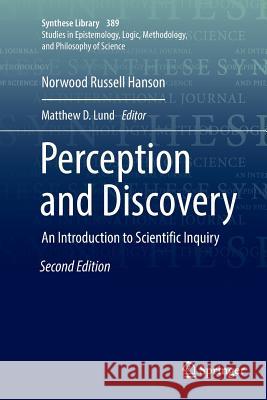Perception and Discovery: An Introduction to Scientific Inquiry » książka
topmenu
Perception and Discovery: An Introduction to Scientific Inquiry
ISBN-13: 9783030099084 / Angielski / Miękka / 2018 / 339 str.
Kategorie BISAC:
Wydawca:
Springer
Seria wydawnicza:
Język:
Angielski
ISBN-13:
9783030099084
Rok wydania:
2018
Wydanie:
Softcover Repri
Numer serii:
000560157
Ilość stron:
339
Waga:
0.50 kg
Wymiary:
23.39 x 15.6 x 1.91
Oprawa:
Miękka
Wolumenów:
01
Dodatkowe informacje:
Wydanie ilustrowane











